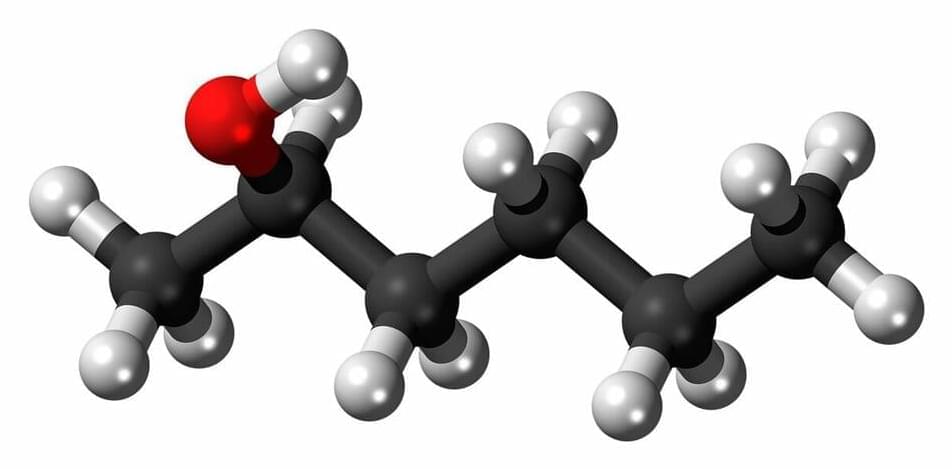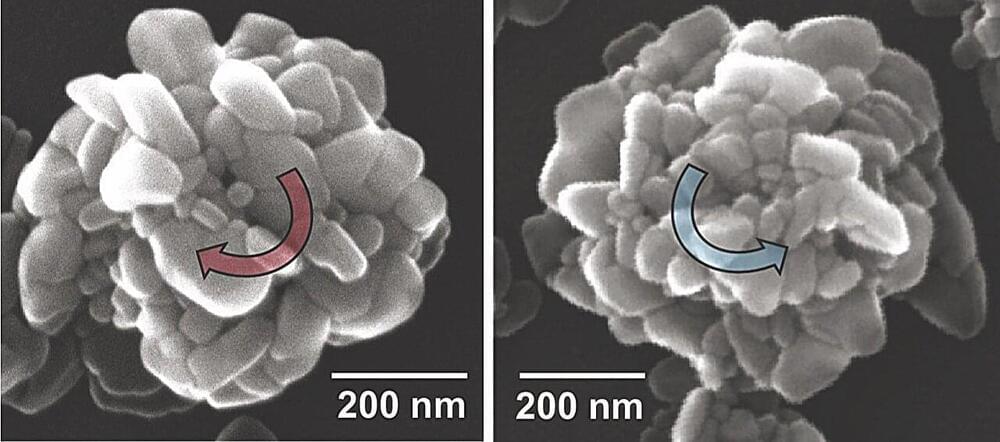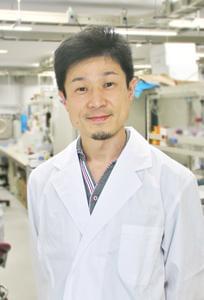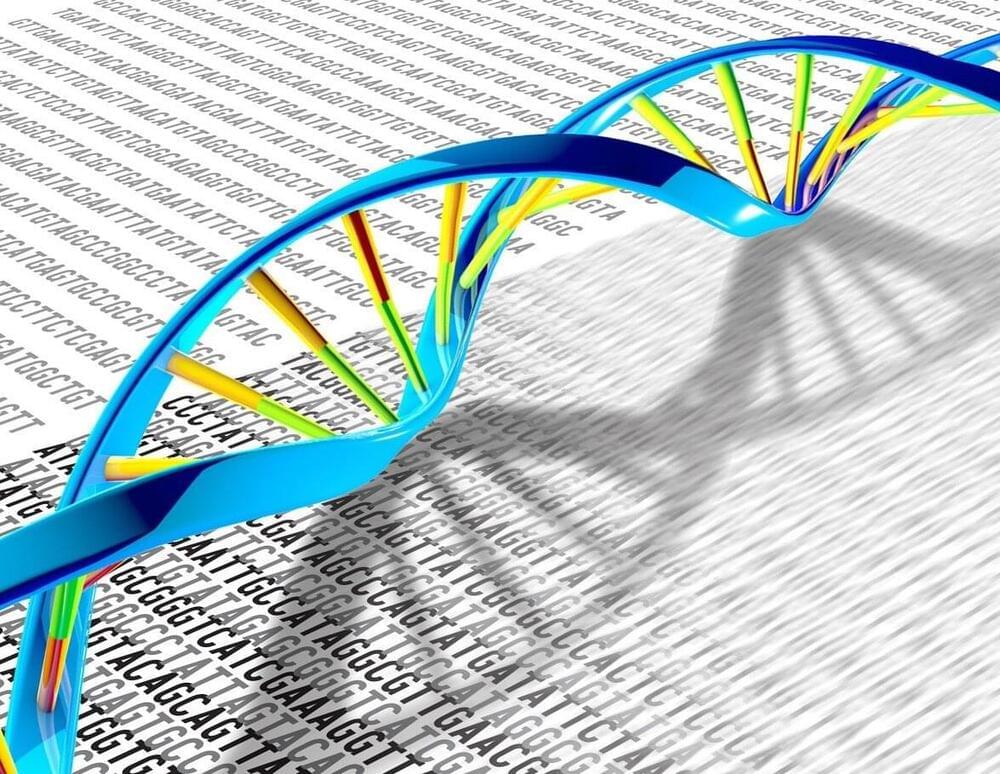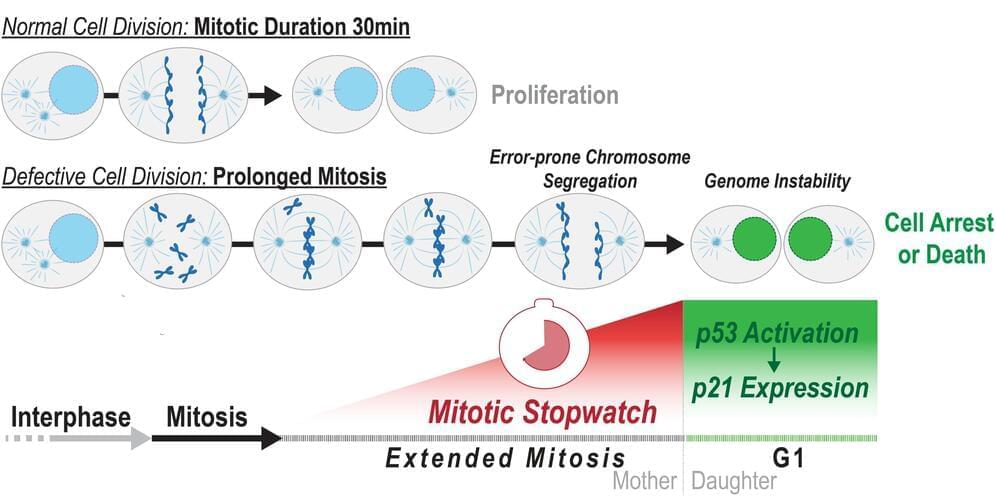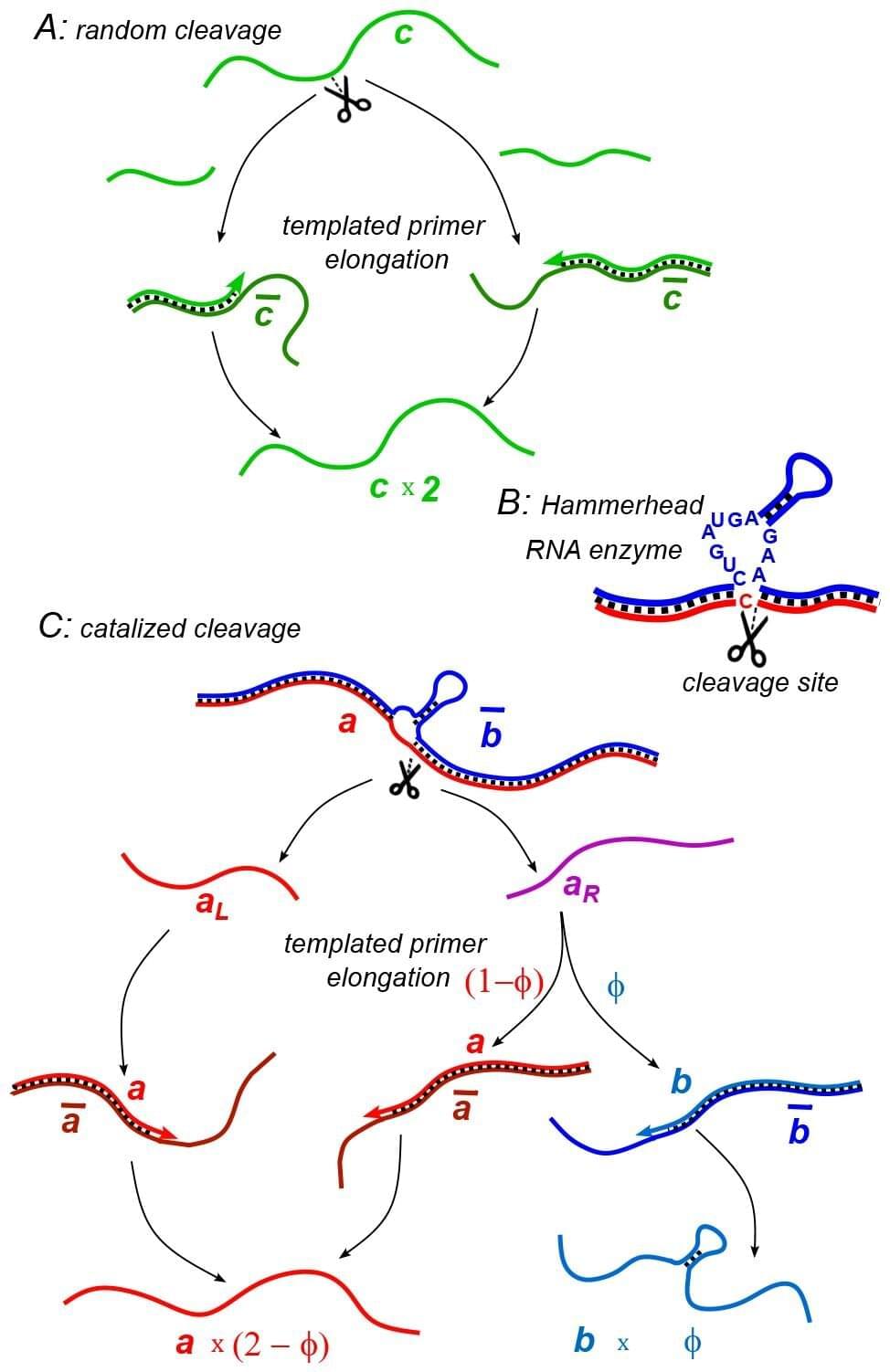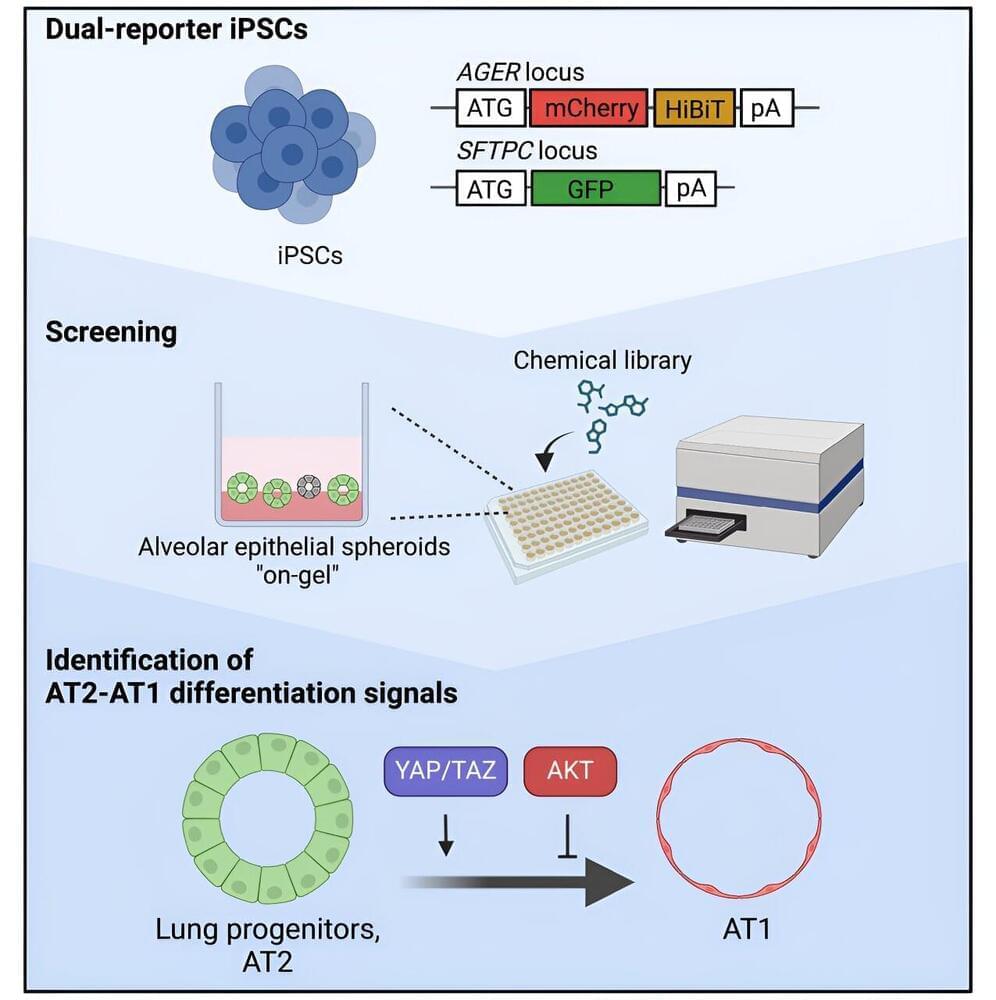Mar 30, 2024
Biomolecular Bonsai: Controlling the Pruning and Strengthening of Neuron Branches in the Brain
Posted by Dan Breeden in categories: biotech/medical, neuroscience
Researchers identify molecular cues that make developing neurons remodel their connections.
At this very moment, the billions of neurons in your brain are using their trillions of connections to enable you to read and comprehend this sentence.
Now, by studying the neurons involved in the sense of smell, researchers from Kyushu University’s Faculty of Medical Sciences report a new mechanism behind the biomolecular bonsai that selectively strengthens these connections.

